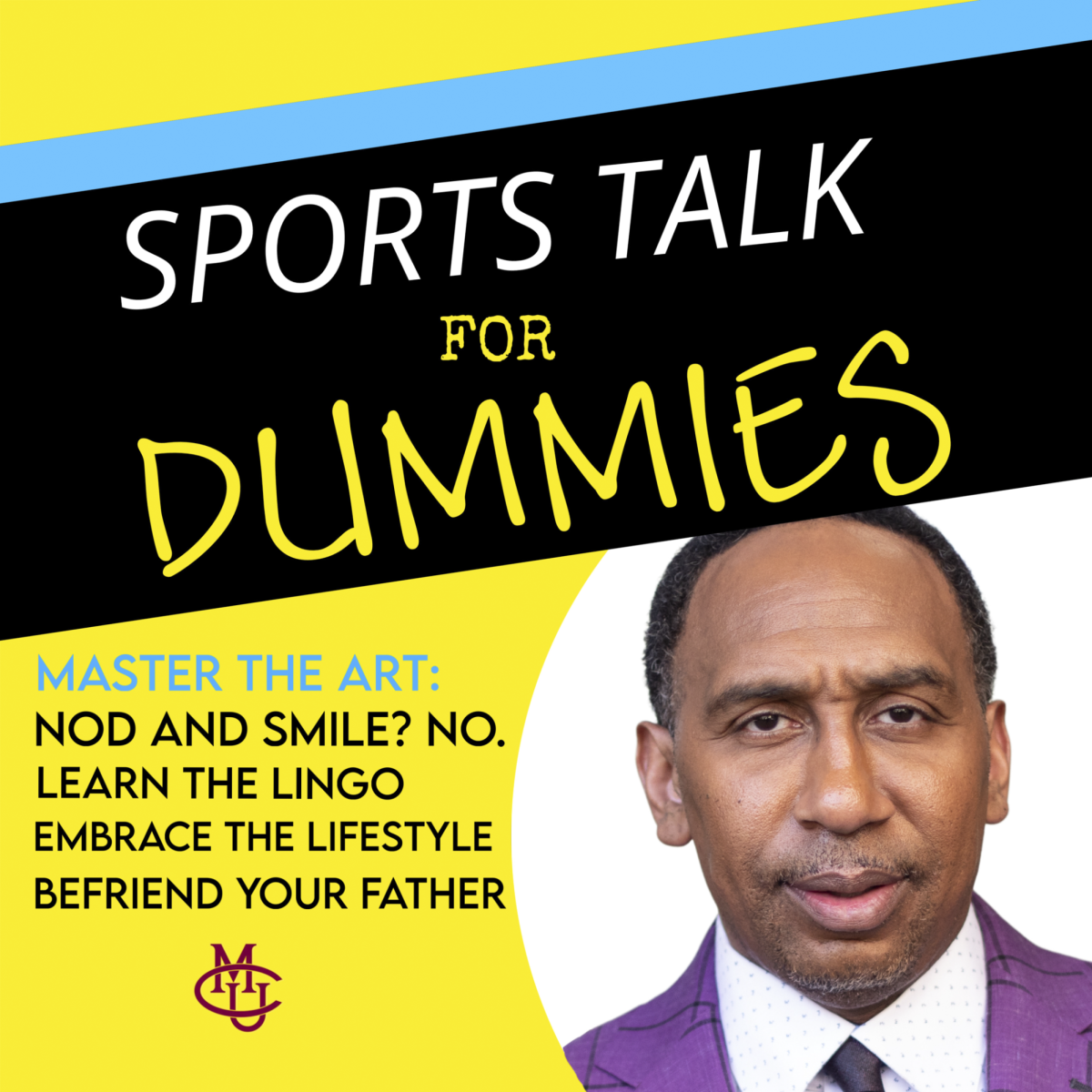Lakers-Celtics. Eagles-Cowboys. Red Sox-Yankees. Tar Heels-Blue Devils. Some of the greatest moments in sports history have come from the biggest rivals squaring off against one another when the lights are shining the brightest. However, that brings up a question that I have been debating with myself for the past four years of attending Colorado Mesa University. Do we have a sports rival?
It is an interesting question and one that probably doesn’t have an unquestioned answer. That is due in large part because of how different CMU is from all other major rivalries in sports.
Let’s start with history. Part of the reason why the rivals that I listed, in the beginning, are so great is that of the history of the organizations. The Lakers and Celtics have battled it out against one another in 12 separate NBA finals. In 12 different years, these two teams were squaring off with everything on the line. Now, let’s look collegiately. Duke and North Carolina have been in the ACC together since the 1920s. For almost 100 years, these two schools play basketball games against each other at least twice per season, and sometimes as many as four. That has equaled out to 247 total meetings between these squads, and they have nearly split the total winnings per team (Tar Heels have 136-110 advantage).
Now let’s look at CMU. We have only been a full-fledged university for seven years. So, despite being founded in 1925, we’ve only had 26 years of experience playing at the second highest level for collegiate athletics. The university hasn’t had enough time to build a great rivalry like the likes of Duke and North Carolina.
[media-credit name=”Criterion Stock Photo” align=”alignright” width=”300″] [/media-credit]
[/media-credit]
However, that doesn’t mean that they don’t have a rival. Not all rivalries are like the four listed above. Not all last from the beginning until the end. Sometimes it is more a matter of timing. The Colorado Avalanche and the Detroit Red Wings had one of the greatest rivalries in all of hockey, but it didn’t last. With both teams no longer at the top of the standings and in separate conferences, the rivalry has dwindled away. But that doesn’t mean that it wasn’t a great rivalry. Some of the best rivalries in sports have come in short bursts. Especially in today’s society, it is nearly impossible to believe that much more will stand the test of time like Red Sox and Yankees.
But, there is one thing that has to be taken into account with some of these short-lived rivalries. The teams were good. Real good. You don’t make rivalries based on mediocre play
over a couple years. Sure, you might get into some fights and have some nasty games against opponents, but that doesn’t automatically make you rivals with each other. It’s a combination of the grit between the teams and what is on the line.
CMU has never really had that team. Sure, we have some really good athletics, but a majority of them have only been good for a short amount of time (with baseball as the one clear exception). Football has only been relevant in the conference for the last three seasons. Women’s basketball had a stretch of greatness where they were ranked in the top 25 for 32 consecutive weeks. But they have since fallen back down to Earth. You need some sustained greatness to really create a rival.
[media-credit name=”Criterion Stock Photo” align=”alignleft” width=”300″] [/media-credit]
[/media-credit]
The last point that I will make about making a great rival is having a special talent on your teams, at the same time. Bird versus Magic. Jeter versus Ortiz. Even Roy Williams versus Krzyzewski (Coach K) has its storylines. Without those big-time players, the games aren’t as exciting. And great rivalries are built around excitement.
While CMU has had some fantastic athletes in its time, part of the struggle of playing in Division II is there are not enough great athletes to go around. The Rocky Mountain Athletic Conference might have one or two fantastic basketball players (i.e. Ryan Stephan and Derrick White) but it was short lived. White realized he could play Division I (and eventually get drafted in the first round) so he transferred out of UCCS to play at CU. That didn’t give anywhere close to enough time for a rivalry to begin to form.
When you wrap all of this up into one, it can be boiled down to one sentence. Because the Mavericks play in Division II, in the middle of Grand Junction, Colo., it is going to be extremely hard to make a rival, even for just one sport.
Teams are nowhere near as consistent in DII as in other leagues, and if there is one really good team in the conference, then they usually kill everyone else. Really good players use this as a bridge to the next level and don’t stick around. And history is not on anyone’s side at this level.
So, if you asked me right now if CMU has a rival, I would say no. Does that mean I think it is impossible? No. I just think it is going to take a lot for one to build to that point.
Edit: Error fixed concerning years CMU has been participants in DII athletics.









Confused • Mar 1, 2018 at 8:24 am
Question (rhetorical): If you visit Brownson Arena today, will you even realize Ryan Stephan played there (and all that he accomplished)?